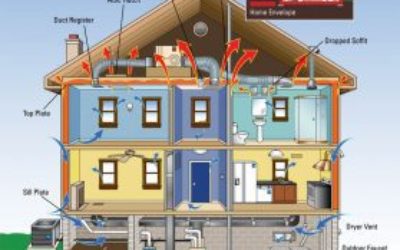Your energy bills depend on having a complete thermal envelope. This home owner added insulation...
Green Term Defined: Thermal Envelope
The thermal envelope is the barrier used to protect your interior environment from heat transfer...
Green Term Defined: Thermal Envelope
The thermal envelope is the barrier used to protect your interior environment from heat transfer...

